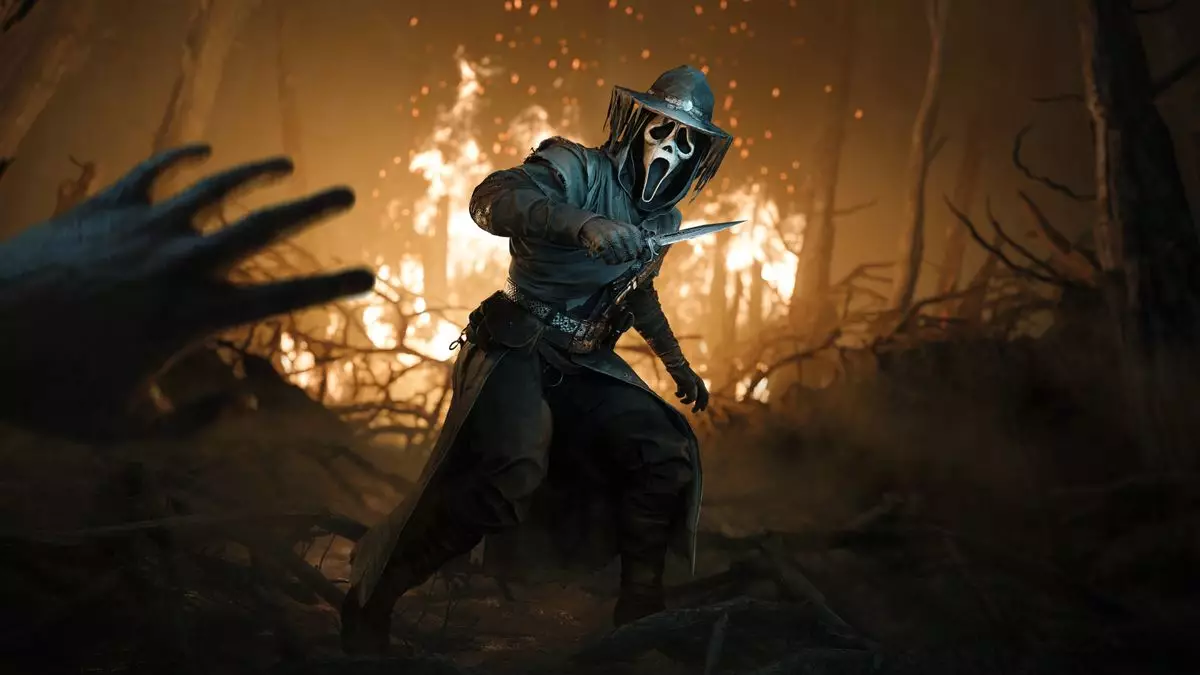The gaming community has always been one rife with passionate opinions, particularly when beloved franchises intertwine in unexpected ways. The recent collaboration between Crytek’s Hunt: Showdown and the iconic Ghostface from the Scream horror franchise has ignited a fiery debate among fans and critics alike. Set against the backdrop of an alternate 1890s Colorado, the pairing raises profound questions about narrative coherence and player immersion. While crossovers can potentially enrich a game’s lore and expand its appeal, they also risk alienating a dedicated player base accustomed to a specific atmosphere and context.
In light of the polarizing reactions to the Ghostface Rampage DLC, Crytek released an official statement addressing the concerns expressed by their community. Although their message was lengthy, many felt it did not satisfactorily articulate the rationale behind their creative choices. Crytek emphasized their dedication to maintaining thematic integrity, asserting that they aim to weave new narratives into the Hunt universe that respect the franchise’s dark and supernatural elements. They described Ghostface as an “ageless, almost mythological figure,” suggesting that this character transcends time, thereby justifying his inclusion in the 1890s setting.
Despite these intentions, the community’s skepticism remains palpable. The juxtaposition of Ghostface—a modern horror archetype—with the haunting landscapes of a bygone era feels jarring to many. Indeed, if players accept a slasher icon like Ghostface in a historical shooter, one cannot help but ponder what other unexpected characters might appear in future updates. Will the next DLC feature fantastical elements from completely disparate genres, or will it delve into realms that further fracture the game’s original narrative coherence?
From a broader perspective, the tension between fun and lore within video games prompts an essential dialogue around player expectations. Many gamers remember a time when immersion in a game’s world hinged on consistency in its lore and aesthetic. However, others argue that injecting elements of popular culture can introduce diversity and excitement into gameplay. For instance, the inclusion of a culturally resonant character like Ghostface might attract new players who are fans of the Scream franchise, generating interest and engagement in a title they might otherwise overlook.
A point of contention arises among gamers who value storytelling and world-building over sheer entertainment. Crytek’s assertion that they seek to create “compelling new narratives” can be seen as earnest, but does the integration of a contemporary horror figure into a historical setting genuinely serve the narrative? Or does it simply offer a novelty for those willing to engage with the DLC, potentially compromising the deep-seated immersion experienced by long-time players?
As the Ghostface Rampage DLC attempts to intertwine two disparate universes, it raises broader implications for the future of Hunt: Showdown and potentially other games that experiment with crossovers. Will developers consider the long-term impact on player immersion before pursuing such collaborations? As shown by the response from Crytek and the community, decisions about character inclusion should not be taken lightly; a misstep could catapult a game from beloved to contentious in the eyes of its players.
The decision to release the Ghostface skin for $10 further complicates the discourse. Pricing strategies in video games can often shape community perceptions—charging for novelty may be acceptable for some gamers but perceived as exploitative by others. Players grapple with their emotional investments and financial commitments to a game that appears to diverge from its foundational narrative.
The interaction between Crytek’s Hunt: Showdown and Ghostface from the Scream franchise presents a substantial case study in the world of video game crossovers. While innovation holds the potential to attract new audiences and rejuvenate interest in established titles, it also risks fracturing the immersive experience that players cherish. As developers navigate the choppy waters of creative collaborations, the challenge remains clear: balancing engaging gameplay elements with the depth and integrity of their unique worlds. Ultimately, active dialogue between creators and their communities is vital in ensuring that gaming remains both a space for bold experimentation and a haven for deep storytelling.

